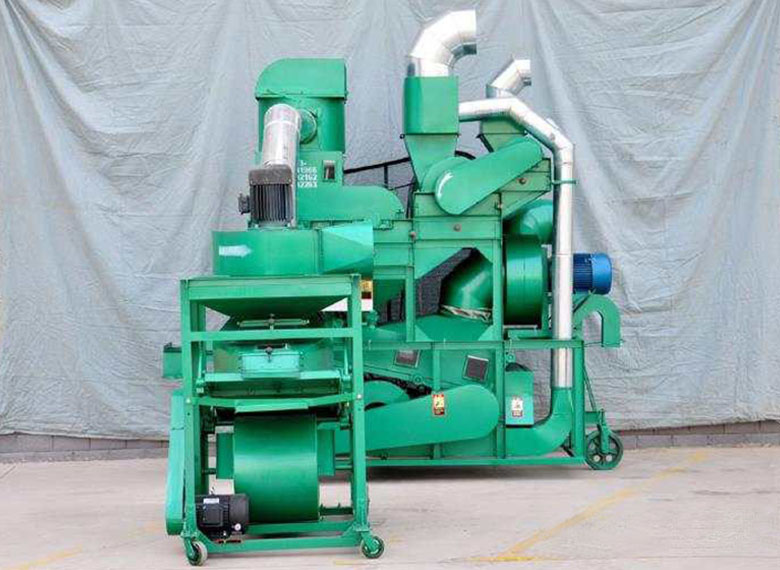What types of debugging does peanut shelling machine usually involve?
Peanut shelling machine is a kind of agricultural machinery and equipment used for efficient shelling, and its performance directly affects the efficiency and quality of peanut processing. Therefore, before use, the equipment must be fully debugged to ensure its normal operation and best working condition.

So, what types of debugging does peanut shelling machine usually involve?
1. Debugging before delivery
Before the equipment leaves the factory, manufacturers usually carry out a series of debugging work to ensure product quality and performance. These debugging tasks include:
Parts inspection: Check whether all parts of the equipment are installed in place and whether there is looseness or damage.
Motor test: Start the motor and check whether it runs smoothly and whether there is abnormal noise or vibration.
Shelling effect test: Test with a small amount of peanuts to see whether the shelling effect meets the design requirements and whether there are too many damages or unshelling phenomena.
Safety performance inspection: Ensure that the safety device of the equipment works normally, such as whether the protective cover is intact and whether the emergency stop button is sensitive.

2. Debugging after installation
After the equipment arrives at the user’s site, it needs to be debugged after installation to ensure the normal operation in the actual working environment. Specifically including:
Equipment installation inspection: Confirm whether the equipment installation is stable, whether the ground is flat and whether the power connection meets the requirements.
Commissioning adjustment: Run the equipment with no load, and observe whether it runs smoothly and whether there is abnormal noise or vibration.
Yield and effect test: Load proper amount of peanuts for test, and adjust the parameters such as fan speed and screen gap according to the actual situation to achieve the best shelling effect.
3. Debugging in daily use
In the process of long-term use, the peanut sheller machine
may need to be debugged again due to wear or environmental changes. Users need to check the equipment regularly, clean up the residue and dust in time, and adjust the relevant parameters according to the production demand.
No matter debugging before delivery, after installation or in daily use, it is an important link to ensure the normal operation of peanut sheller. Only after sufficient debugging can we ensure the best performance of the equipment in production and create greater economic benefits for users.
